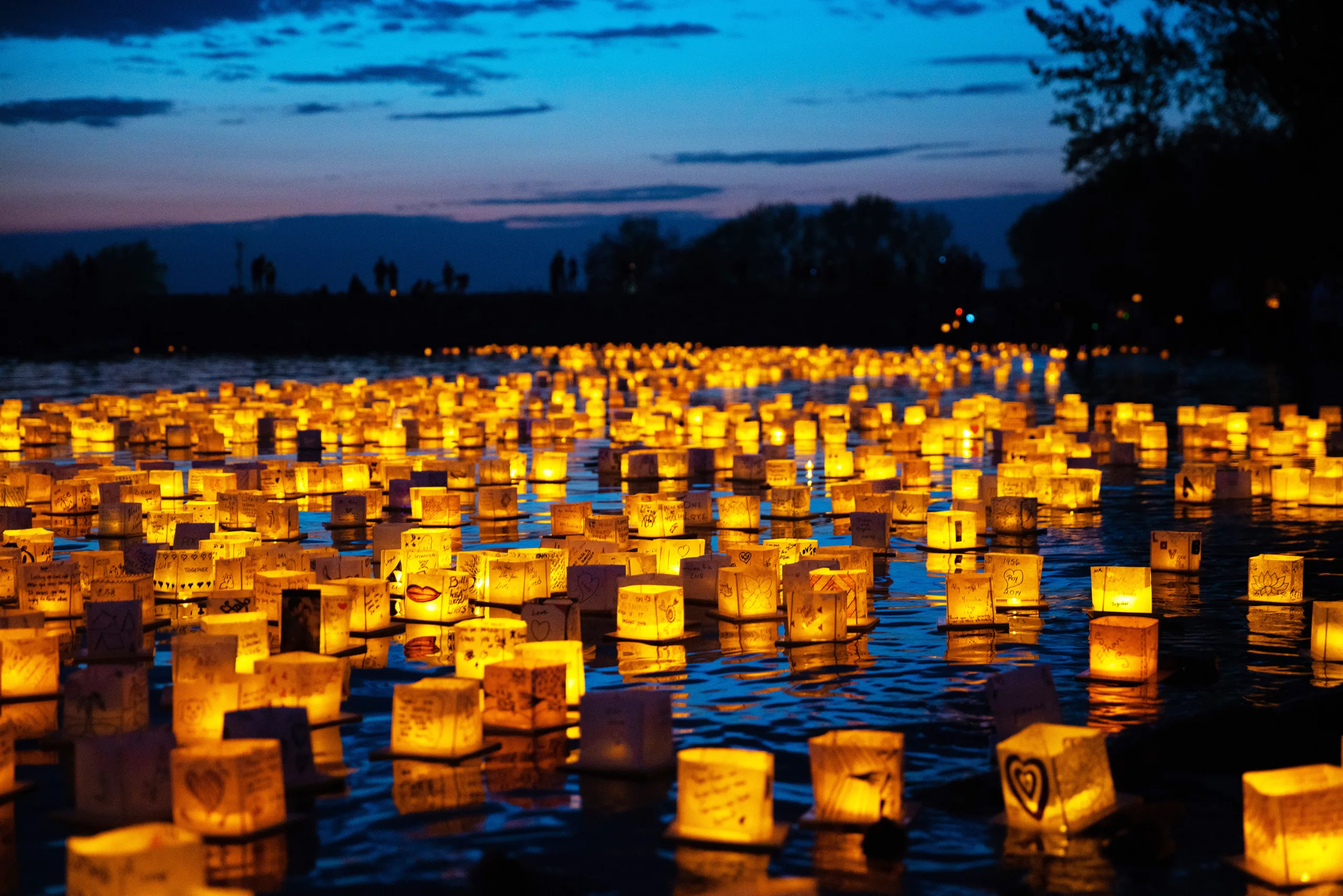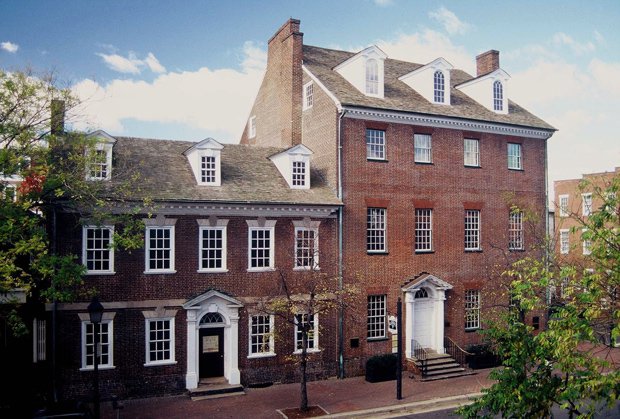Amid the rolling hills of Virginia, a small town bears the heavy weight of history.
Years ago, I was profoundly moved when visiting Omaha Beach and the Normandy American Cemetery at Colleville-sur-Mer, France. There, among the 9,387 graves of Americans killed from Operation Overlord—otherwise known as D-Day—11 Bedford Boys are buried or their names are engraved among those never found. Each grave with a cross points west, toward home.
Nestled in the shadow of the Blue Ridge Mountains, the small town of Bedford paid a tremendous price that ultimately helped the Allied forces win World War II. This year marks the 80th anniversary of D-Day, and as 2024 comes to a close, honoring this important chapter in history seems a fitting gesture.
At 4 a.m. on June 6, 1944, 34 baby-faced soldiers from Bedford stood on deck of the British troopship Empire Javelin and listened to General Dwight Eisenhower’s words over the public address system: “….You are about to embark upon the Great Crusade, toward which we have striven these many months. The eyes of the world are upon you.…”
And with that, members of the 116th Infantry’s Company A, each loaded with 60 pounds of equipment and ammunition, climbed into landing craft assault boats. Out of 15,000 GIs in the Army of the U.S.’s 29th Division, Company A was chosen to lead the charge on D-Day onto the most heavily defended beach in history.
Looking back at that pivotal event, Bedford holds the tragic distinction of sustaining the most D-Day casualties per capita than anywhere else in the United States.
The unprecedented effort for Operation Overlord—code name Operation Neptune, or D-Day—involved 175,000 Allied forces uniting to eliminate Hitler’s tyranny. It had to be terrifying, being so far from home, tossed around like corks in rough seas, heading to Nazi-occupied Normandy for the largest amphibious invasion in the history of warfare. Many of the young soldiers were seasick, as the roiling waters were relentless.
Of Bedford’s 34 soldiers, 19 died in the first nine minutes of attacks at Omaha Beach. Ultimately, success at the Normandy invasions put Allied Forces on a decisive path toward victory in the war, but with three more Bedford Boys being killed later in the campaign, Bedford sacrificed 22 of their own.
Families must have faced unfathomable agony. Weeks went by, and back in Bedford, no one had heard from Frank Draper, or Roy Stevens, or Ray Nance, or any of the other Bedford Boys.
But July 17, 1944 changed everything. Elizabeth Teass, the 21-year-old local telegraph operator at Green’s Pharmacy, was quickly overwhelmed when news of many of the boys’ deaths came across the Western Union line. Elizabeth knew the names—she knew the families—as she carefully pasted the telegrams while trying to stay calm. So many came in all at once that she had to ask for help from customers drinking coffee at the pharmacy’s lunch counter. The town’s sheriff, doctor, and taxi driver pitched in and hurried to deliver the messages.
During World War II, 16 million Americans served in the armed forces, and 400,000 died. Bedford carried a disproportionate share of the sacrifice.
I visited Bedford recently, driving down its lovely, flag-lined streets on my way to the National D-Day Memorial, which was constructed in their idyllic town as a tribute to the Bedford Boys. A pilgrimage to this national monument should be on everyone’s bucket list. Unveiled in 2001, it commemorates the sacrifices, valor, and fidelity of the Allied Forces on that fateful June day in 1944. It includes a contemplative water feature, actual artifacts, and quiet spaces for reflecting upon the operation’s magnitude and the sacrifice of the soldiers who helped change the course of history.
As the daughter and granddaughter of WWII Army officers and the wife of a retired Navy pilot, I am acutely aware of the men and women who fought for our country and the sacrifices that have been made. But this year, my thoughts have drifted back 80 years to that heroic group of Bedford Boys. Now, I’m the mother of young adults the same age as these courageous soldiers, and am struck by how much life the Bedford Boys had in front of them.
For every American, former President George W. Bush’s remarks from the 2001 opening of the D-Day Memorial in Bedford are worth remembering: “Fifty-three hundred ships and landing craft; 1,500 tanks; 12,000 airplanes. But in the end, it came down to this: scared and brave kids by the thousands who kept fighting, and kept climbing, and carried out General Eisenhower’s order of the day—nothing short of complete victory .… Today we give thanks for all that was gained on the beaches of Normandy. We remember what was lost, with respect, admiration, and love.”
This article originally appeared in our December 2024 issue.









